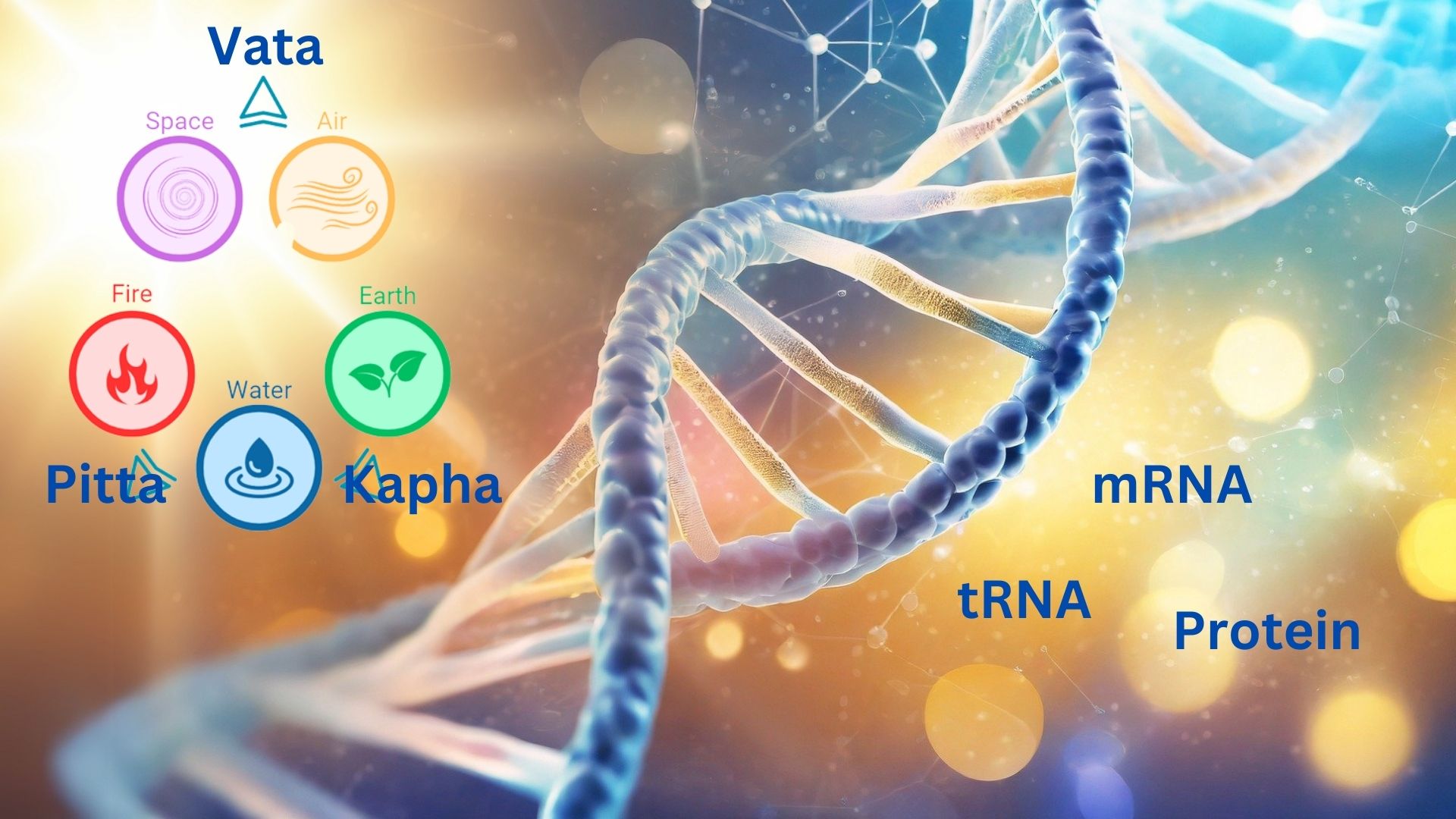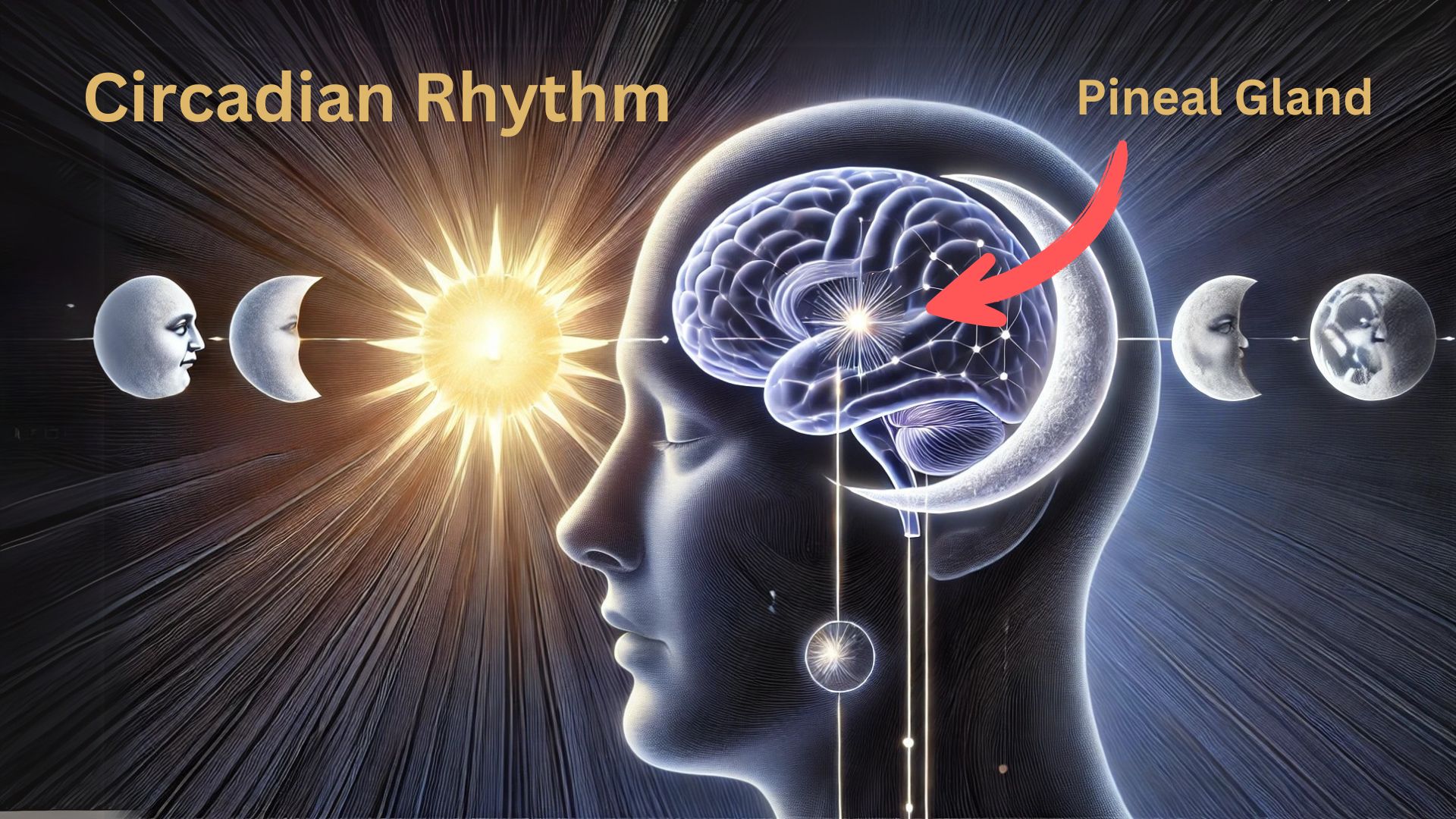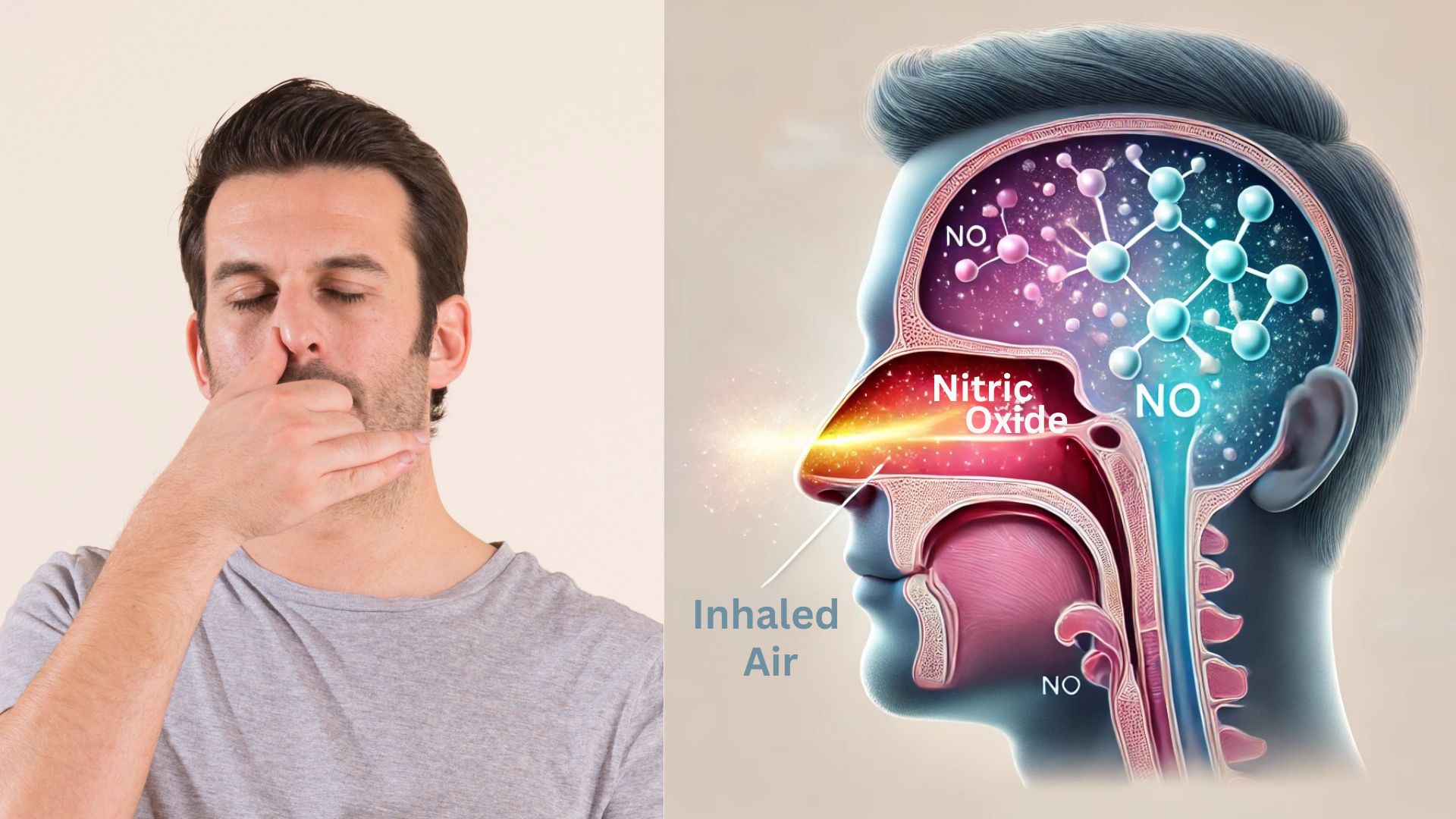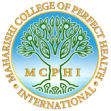News | Insights | Stories
Advancing careers in holistic health
Ayurveda and modern medicine – key areas of integration
By Dr Rainer Picha
Dr Rainer Picha is an Austrian cardiologist who served as the Assistant Director and Head of the Intensive Care Unit at the State Hospital of Graz, Austria. Since 1996, Dr Picha has focused on preventive healthcare and traditional medical approaches. He received his Ayurvedic training at the Maharishi Vedic University in Vlodrop, Netherlands, where he spent over two decades working closely with Ayurvedic scholars and senior Vaidyas from India.
Dr Picha has traveled globally to lecture on Maharishi AyurVeda. He has developed new hospital designs, course materials, and medical curricula to integrate the ancient system of Maharishi AyurVeda with modern medicine.

Currently, Dr Picha is the Chairman of the International Maharishi AyurVeda Foundation for Health Professionals (IMAVF) and the Director of the Maharishi College of Perfect Health International (MCPHI).
Overview
Ayurveda, the ancient science of life, has long provided a holistic framework for understanding health and well-being. Rooted in personalised medicine, preventive care, and natural healing methods, Ayurveda offers insights that modern science is now beginning to validate. In recent years, research in fields such as genomics, microbiology, and chronobiology has uncovered striking parallels between Ayurvedic principles and contemporary medical discoveries. These findings reinforce the relevance of Ayurveda in today’s healthcare landscape and open new avenues for integrating traditional wisdom with modern scientific approaches.
In this blog we will explore key areas where Ayurveda aligns with modern medical research, shedding light on how concepts described in classical Ayurvedic texts, such as Charaka Samhita, correspond to contemporary scientific findings. By examining topics such as AyurGenomics, gut microbiome health, detoxification through Panchakarma, circadian rhythms, and the impact of breath and Sandhi Prakash (early morning sunlight) on our physiology, we aim to bridge the gap between ancient traditions and modern medicine.
AyurGenomics

AyurGenomics—a field that combines principles of Ayurveda with modern genomic research—represents a groundbreaking area of study.
It provides a compelling example of how traditional Ayurvedic concepts of personalised medicine can be scientifically validated and integrated into modern genomics and precision medicine.
In Ayurveda, Prakriti (an individual’s constitutional type) is the foundation of Ayurvedic diagnosis and treatment. It categorises individuals into three primary doshas—Vata, Pitta, and Kapha—based on their physical, mental, and behavioural traits. Ayurveda suggests that these constitutional types influence disease predisposition, treatment efficacy, and longevity.
Genomic studies (1) have revealed correlations between Prakriti types and genetic markers. For instance:
- Vata Prakriti individuals are associated with genetic markers linked to conditions like neurodegenerative disorders and metabolic imbalances.
- Pitta Prakriti correlates with genes regulating metabolism, oxidative stress, and inflammatory pathways.
- Kapha Prakriti is linked to genes associated with lipid metabolism, obesity, and insulin resistance.
Apana Vata – the gut microbiome
The Ayurvedic concept of Apana Vata, responsible for the regulation of the lower digestive tract, can be linked to the modern understanding of the gut microbiome. Ayurveda describes the importance of a balanced digestive system and its impact on overall health.
Recent research highlights the gut microbiome’s role in regulating immunity, metabolism, and even mood (2). Dysbiosis (microbial imbalance) is associated with various diseases including inflammatory bowel disease (IBD), obesity, and mental health disorders. Techniques like fecal microbiota transplantation (FMT) are emerging as treatments for conditions such as Clostridium difficile infection and IBD.
Ama Pachana & Panchakarma - autophagy
Ayurveda offers some of the most profound systems of eliminating Ama (toxins) and rejuvenating the body, such as Ama Pachana (digesting toxins) or Panchakarma.
Autophagy, the cellular self-cleaning process, has been a focus of research for its role in removing dysfunctional proteins and organelles, thus preventing diseases such as neurodegenerative disorders and cancer. Nobel Prize-winning research by Yoshinori Ohsumi (3) emphasized autophagy’s importance in health and disease. Modern detoxification practices and fasting are seen to stimulate autophagy, resonating with Ayurvedic cleansing methods. The simple guideline of Ayurveda to “eat only when you are hungry” activates autophagy.
Dinacharia and Ritucharia – circadian rhythm

In Ayurveda, Dinacharya outlines daily routines to align with natural biological cycles, including specific times for waking, eating, and sleeping to maintain health and prevent disease.
Our inner clock is located in the middle of the brain; in the suprachiasmatic nucleus of the hypothalamus. Its cycle takes about 24 hours and needs the alternating change of day and night. But to keep in tune with nature requires additional „time-givers“, such as the bed and mealtimes. This is exactly why Ayurveda emphasizes having meals and bedtimes on time to keep the body healthy. According to Ayurveda, following a proper Dinacharya is even the most important way to stay healthy, more critical than herbs or any other recommendation.
In 2017, the Nobel Prize for medicine was awarded for the discovery of the effect of circadian rhythms and the importance of aligning our ‘inner clocks’ with nature’s rhythms – chronobiology (4).
Disruptions in circadian rhythms are linked to metabolic disorders, cardiovascular diseases, and mental health issues. Chronotherapy optimizes the timing of medication to align with circadian rhythms for better efficacy and fewer side effects
Ahara - personalized nutrition and nutrigenomics
Proper diet – Ahara – is a cornerstone of Ayurveda. Personalised dietary recommendations are based on an individual’s Prakriti and digestive capacity (Agni). Foods are categorised by their inherent qualities (Guna) and effects (Vipaka).
Nutrigenomics studies how genetic variations influence nutrient metabolism and dietary needs (5). The Ayurvedic approach aligns with modern personalised nutrition, which considers genetic predispositions to optimise diet for health and disease prevention.
Pranayama – nitric oxide

A potent molecule involved in fighting infections is nitric oxide. Nitric oxide plays an important role in a wide range of processes in the physiology and especially in immune defense. The main site for nitric oxide production is in the paranasal sinuses (6).
Yogic routines such as Pranayama and the Ayurvedic recommendation to breathe through the nose during exercise have both been proven to produce more nitric oxide. Also, the simple Ayurvedic technique of tongue scraping produces more nitric oxide in the mouth because the microbiome changes with repeated cleaning. Transcendental Meditation and other Yogic meditation techniques that reduce the breath rate also increase the formation of nitric oxide.
Nidra – sleep
In Ayurveda, Nidra, sleep, is one of the three pillars of health (alongside diet and regulated lifestyle). It is vital for tissue repair, mental clarity, and maintaining balance among the Doshas. Poor sleep, especially due to aggravated Vata, leads to imbalances that cause fatigue, weak immunity, and chronic illnesses. The lymphatic system purifies the brain only during the night. When you experience lack of sleep, fewer protective molecules and cytokines for fighting infections are produced.
Modern medicine says that sleep is essential for physical restoration, memory consolidation, and hormonal regulation. Chronic sleep deprivation is linked to increased risks of cardiovascular disease, obesity, and cognitive decline (7).
Sandhi Prakash – early morning sunrise

Ayurveda has traditionally lauded the benefits of early morning sunlight. Other Vedic traditions agree: the Hatha Yoga practice of Surya Namaskar is performed facing the rising sun; dwellings are oriented to the east, and rays from the rising sun help determine room placement in Vedic architecture.
Modern science is catching up with these concepts. In 2021, the health benefits of sunrise light on the physiology was scientifically demonstrated. The June 2021 issue of the respected scientific journal Nature reported on the beneficial effect of a specific type of early morning sunlight [8] that occurs only briefly at sunrise:

Near Infrared Light (NIR). This light is not visible to our eyes but has a measurable effect on our physiology. The study showed that exposure to NIR releases tissue melatonin, which although chemically identical to hormonal melatonin, has a very different function and has nothing to do with encouraging sleepiness. Tissue melatonin is produced in the mitochondria and functions as a free radical scavenger, which means it “cleans up” toxic waste produced by decaying or unhealthy mitochondria.
Conclusion:
The convergence of Ayurveda and modern medicine presents a promising future for healthcare. Scientific advancements continue to validate the ancient Ayurvedic insights that have stood the test of time. From the personalised approach of AyurGenomics to the emerging recognition of circadian rhythms and gut health, Ayurveda offers profound wisdom that complements contemporary medical practices.
As research continues to uncover deeper connections, integrating Ayurveda with modern science can lead to a more comprehensive healthcare model—one that not only treats disease but also focuses on prevention, balance, and overall well-being. Embracing this integrative approach can empower individuals to achieve optimal health by combining the best of both worlds.
By fostering collaboration between Ayurvedic practitioners and modern healthcare professionals, we can build a holistic and evidence-based system that supports long-term health and vitality.
To find out how to gain the expertise necessary to practice Ayurveda, visit our blog
References:
1.) Rotti, H., et al. (2014). DNA methylation and its correlation with Ayurveda-based Prakriti. Journal of Translational Medicine.
https://pmc.ncbi.nlm.nih.gov/
articles/PMC7763202/
2.) Kho, Z. Y., & Lal, S. K. (2018). The human gut microbiome – a potential controller of wellness and disease. Frontiers in Microbiology.
https://www.frontiersin.org/journals/
microbiology/articles/10.3389/
fmicb.2018.01835/full
3.) Ohsumi, Y. (2016). Autophagy: from beginning to end. Nobel Lecture.
https://www.nobelprize.org/prizes/
medicine/2016/ohsumi/lecture/
4.) Jeffrey C. Hall, Michael Rosbash and Michael W. Young (2017) ¸Discoveries of Molecular Mechanisms Controlling the Circadian Rhythm
5.) Concept of Ayurgenomics in Context to Nutrigenomics
6.) Martel J et al. (2020): Nitric oxide and its antiviral effects against SARS-CoV-2.
https://pubmed.ncbi.nlm.nih.gov/
32387333/
7.) The Impact of Sleep Disorders on Cardiovascular Health: Mechanisms and Interventions
Rushi Sarode 1,✉, Prafulla P Nikam 2
https://pmc.ncbi.nlm.nih.gov/articles/
PMC10757461/
8.) Nature Translational Psychiatry 11, Article 339, June 2021



